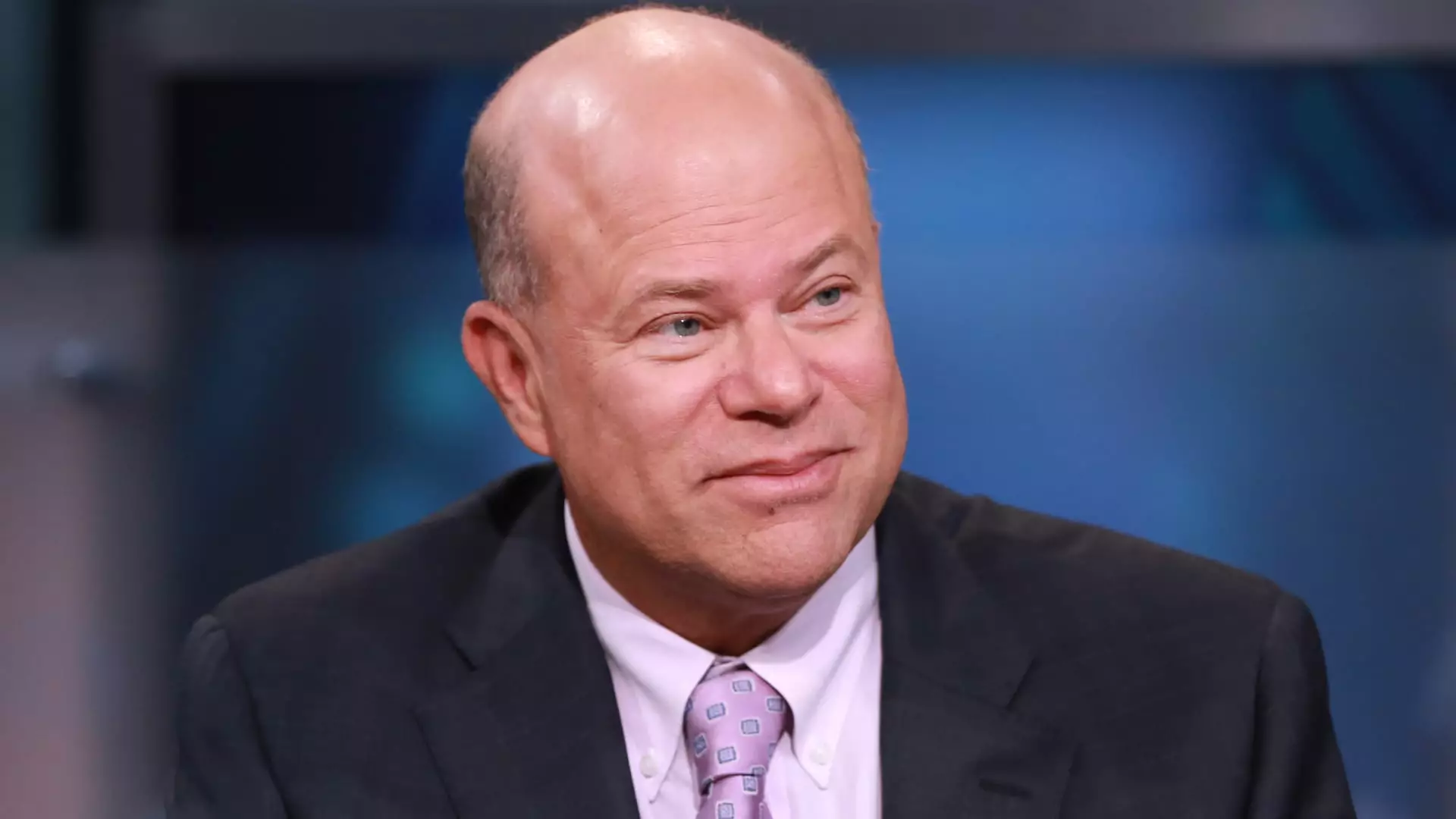In a recent appearance on CNBC’s “Squawk Box,” hedge fund mogul and owner of the Carolina Panthers, David Tepper, shared his take on the Federal Reserve’s monetary policy and its implications for investors. Tepper emphasized the importance of taking the Federal Reserve at its word, given the central bank’s imperative to maintain credibility in its actions. His viewpoint is rooted in a belief that market players should closely monitor the Fed’s communications and gauge their level of conviction behind stated policies.
Last week, the Federal Reserve announced a significant reduction of half a percentage point to benchmark interest rates—marking its first easing maneuver in four years. This decision, executed in a stable economic environment, raised eyebrows, particularly regarding the central bank’s motives. Tepper, in his analysis, questioned the potential ramifications of such a dramatic cut, especially since the economic indicators do not just point to immediacy for policy intervention, but seem relatively strong overall.
Tepper pointed to the Fed’s communication strategy, specifically the recent “dot plot,” which forecasts additional cuts—potentially indicating up to 50 basis points more by the year’s end. He articulates a firm belief that the Fed must continue with gradual reductions. “If they don’t follow through, they risk losing credibility,” he noted. This idea leads to a point of tension: if the Fed’s actions conflict with market realities, how might this undermine broader economic stability?
While Tepper does express cautious optimism about upcoming rate cuts, he curiously juxtaposes his perspective with a historical lens, recalling the late 90s when the Fed similarly reduced interest rates amidst economic growth. Such historical precedents led to speculative bubbles, culminating in the infamous “dot-com” crash. His reference to past experiences serves as a reminder to investors of the volatility that often accompanies aggressive monetary easing strategies amidst a flourishing economy.
The current economic landscape, as Tepper analyzed it, reveals contrasting signals. The U.S. Gross Domestic Product (GDP) continues to demonstrate resilience, with projections from the Atlanta Fed hinting at a robust 3% growth rate in the third quarter, largely driven by strong consumer spending. Inflation, however, remains a critical variable, persistently above the Fed’s 2% target, indicating ongoing pressures that complicate the narrative.
Despite Tepper’s significant apprehension about the overall macroeconomic setup, he refrained from outright bearishness regarding U.S. equities. He acknowledged the short-term benefits of the Fed’s easy monetary policy, recognizing that such measures tend to buoy market performance in the face of immediate challenges. “I am not inclined to short the market when there’s easy money circulating,” Tepper remarked, underscoring that investor sentiment may yield favorable conditions for equities, even if the valuation outlook appears less attractive.
In light of his mixed feelings regarding the U.S. market, Tepper has directed his attention towards international investment opportunities, specifically in China and other Asian and European markets. The backdrop of the rate cut, combined with government support initiatives in these regions, paints a more appealing canvas for potential growth. Tepper’s shift in focus reflects a broader strategic consideration for investors navigating uncertain terrain in U.S. equities.
Conclusively, Tepper’s insights on the Federal Reserve’s actions and the global economic landscape provide a window into the complexities facing investors today. As the Fed navigates its credibility challenge while juggling macroeconomic indicators and historical precedents, market participants are tasked with weighing these factors against their investment strategies. Tepper’s commentary emphasizes a blend of caution and opportunism—qualities that could prove pivotal as investors attempt to decipher the nuances of an evolving market climate.

Leave a Reply